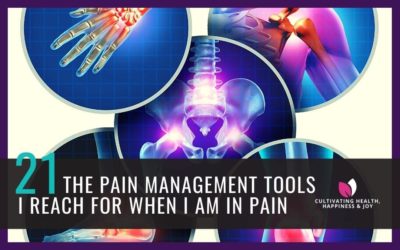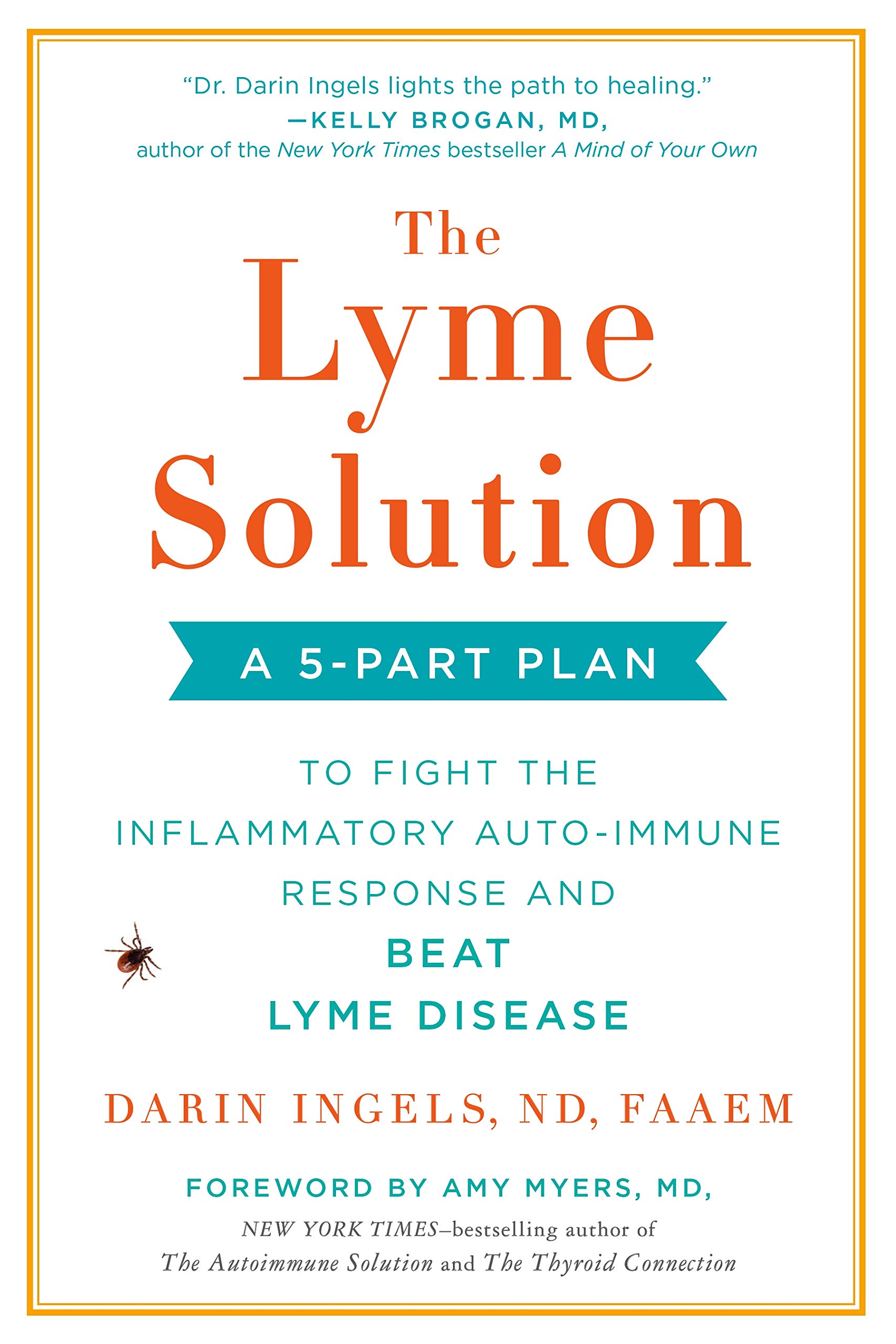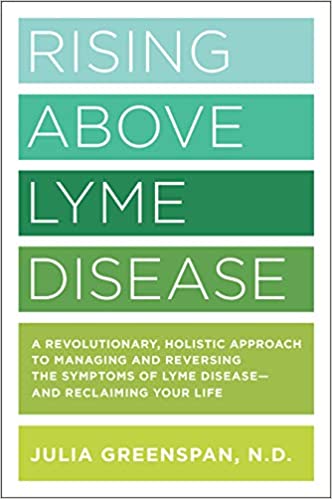CULTIVATING HEALTH AND HAPPINESS DESPITE
LYME DISEASEBackground Information on Lyme Disease
Traditional Treatment
People treated with appropriate antibiotics in the early stages of Lyme disease usually recover rapidly and completely. The problem is I mine went undiagnosed for years. Even thought I had a classic bullseye rash and was really sick when we found the rash.
Antibiotics commonly used for oral treatment include doxycycline, amoxicillin, or cefuroxime axetil. People with certain neurological or cardiac forms of illness may require intravenous treatment with antibiotics such as ceftriaxone or penicillin.
Treatment regimens listed in the following table are for localized (early) Lyme disease. See references below (Hu 2016; Sanchez 2016) for treatment of patients with disseminated (late) Lyme disease. These regimens are guidelines only and may need to be adjusted depending on a person’s age, medical history, underlying health conditions, pregnancy status, or allergies.
People treated with appropriate antibiotics in the early stages of Lyme disease usually recover rapidly and completely. Antibiotics commonly used for oral treatment include doxycycline, amoxicillin, or cefuroxime axetil. People with certain neurological or cardiac forms of illness may require intravenous treatment with antibiotics such as ceftriaxone or penicillin.
Treatment regimens listed in the following table are for localized (early) Lyme disease. See references below (Hu 2016; Sanchez 2016) for treatment of patients with disseminated (late) Lyme disease. These regimens are guidelines only and may need to be adjusted depending on a person’s age, medical history, underlying health conditions, pregnancy status, or allergies.
Typical Symptoms of
Lyme Disease
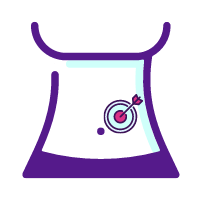
Erythema migrans rash or EM rash
difficulty processing information

Fever
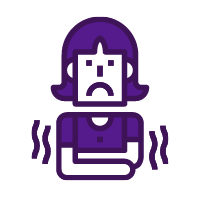
Chills
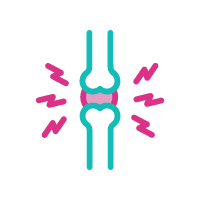
Joint Pain

Swollen Lymph Nodes
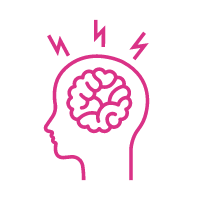
Headache
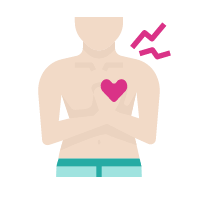
Heart Palpitations

Facial Palsy

Arthritis Symptoms

Irregular Heart Beat

Dizziness
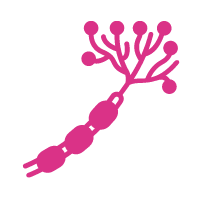
Nerve Pain

Brain Inflammation
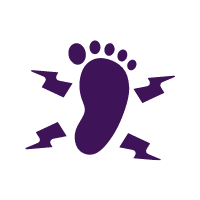
Shooting Pains
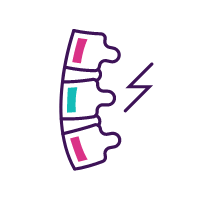
Spinal Inflammation
Alternate Remedies
We believe in using alternative treatments to support the bodies healing process. We have had great success in supporting the body through a healing process with alternative methods.
Below are some of the remedies that have been suggested for use in helping alleviate the symptoms of Lyme disease. This listing is created as a reference. We may have not yet tried all the remedies yet.
Blog Articles Related to Lyme Disease
21 Natural Pain Management Resources I Reach For When I Am in Pain
I like having an arsenal of natural pain management resources to turn to. Some days the pain from multiple sclerosis, pancreatitis, and other illnesses can be super intense. Some days I feel I have to throw most of these at the pain resources to get relief. Below are...









